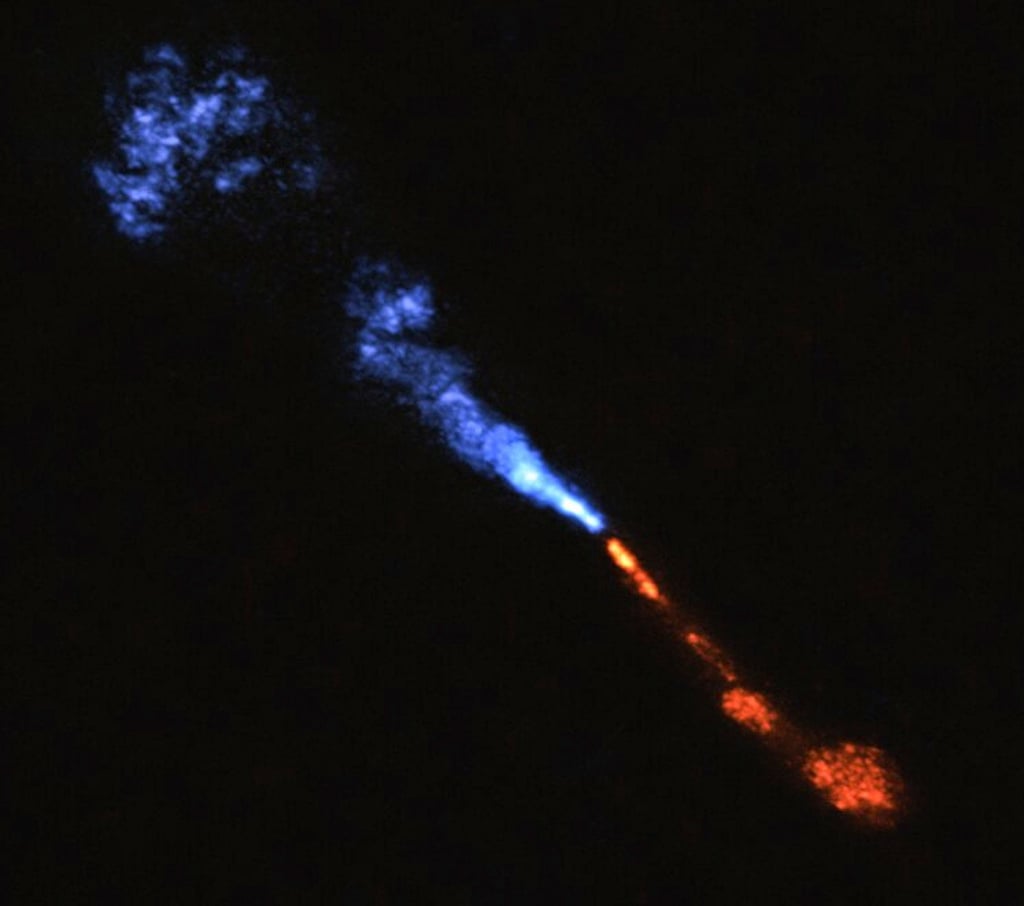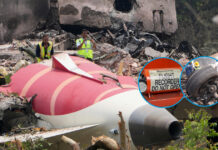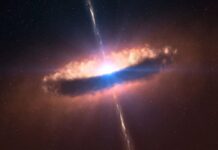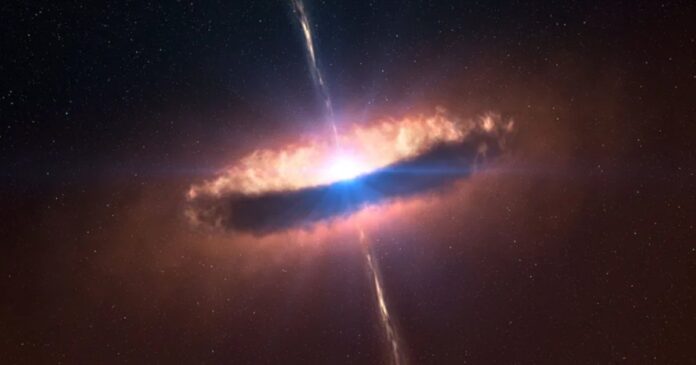Astronomers have, for the first time, seen a solar system in its earliest days, catching the moment when planets start to form around an infant star. What makes this achievement so historic is the direct window into the formation of planets in real-time, rather than theoretical phases.
Readers looking for answers now can comprehend how this represents our cosmic beginnings.
The Cosmic Nursery: HOPS‑315
HOPS‑315 is approximately 1,300 light-years from Earth in the constellation Orion. It’s a very young protostar, just 100,000 to 200,000 years old. A spinning disk of gas and dust envelops it. That disk, or protoplanetary disk, is an incubator where planets are formed.
The position of HOPS‑315’s disk means that telescopes can look directly into its central region, the coveted windows where new worlds start to take shape.

With ALMA and Webb, researchers detected signatures of crystalline silicates: small, warm solid pieces developing within the disk. These are the first planet-making building blocks, much like material within old meteorites in our own solar system.
Observing this initial “time zero” phase verifies that planetary formation initiates much sooner than was previously witnessed.
Gas Jets and Disk Structures
ALMA’s radio images imaged glowing gas: carbon monoxide created broad lobed winds, and silicon monoxide jets pierced the disk. Such jets are normally used to expel excess matter from new stars and suggest active physical conditions in young planetary cradles.
Meteorites on our planet contain remains of our ancient solar system. Crystalline minerals seen around HOPS‑315 are in the same relative position, about where our asteroid belt is. That similarity provides a real-time comparison to processes of planetary formation that formed Earth and other rocky worlds here.
Technique Synergy: Webb + ALMA
No one telescope alone could capture this breakthrough. JWST explored infrared signatures of solid silicates. ALMA provided submillimeter images of gas flows. Together, their combined information enabled astronomers to accurately determine when and where solids started to condense. This is vital for confirming real-time planet formation.
A Significant Discovery
This’s not a one-off discovery. Trapping the formation of a solar system breaks open a fresh window on planetary origins. It demonstrates that early condensation occurs generally, rather than just for our Sun.
Future observations can now focus on such early systems, tracing when and how rocky worlds form. That helps calculate the probability of Earth-like world formation throughout the galaxy.
This first-ever observation marks a turning point in our understanding of planet formation. From seeing crystalline silicates coalesce to mapping gas jets around HOPS‑315, astronomers have delivered a cosmic baby photo of planetary birth.
We’re not just theorising anymore; we’re watching worlds being born. The real question now: how many more celestial nurseries does the universe hold? And which of those will give rise to life-bearing planets like ours?
Stay tuned to Brandsynario for latest news and updates






































